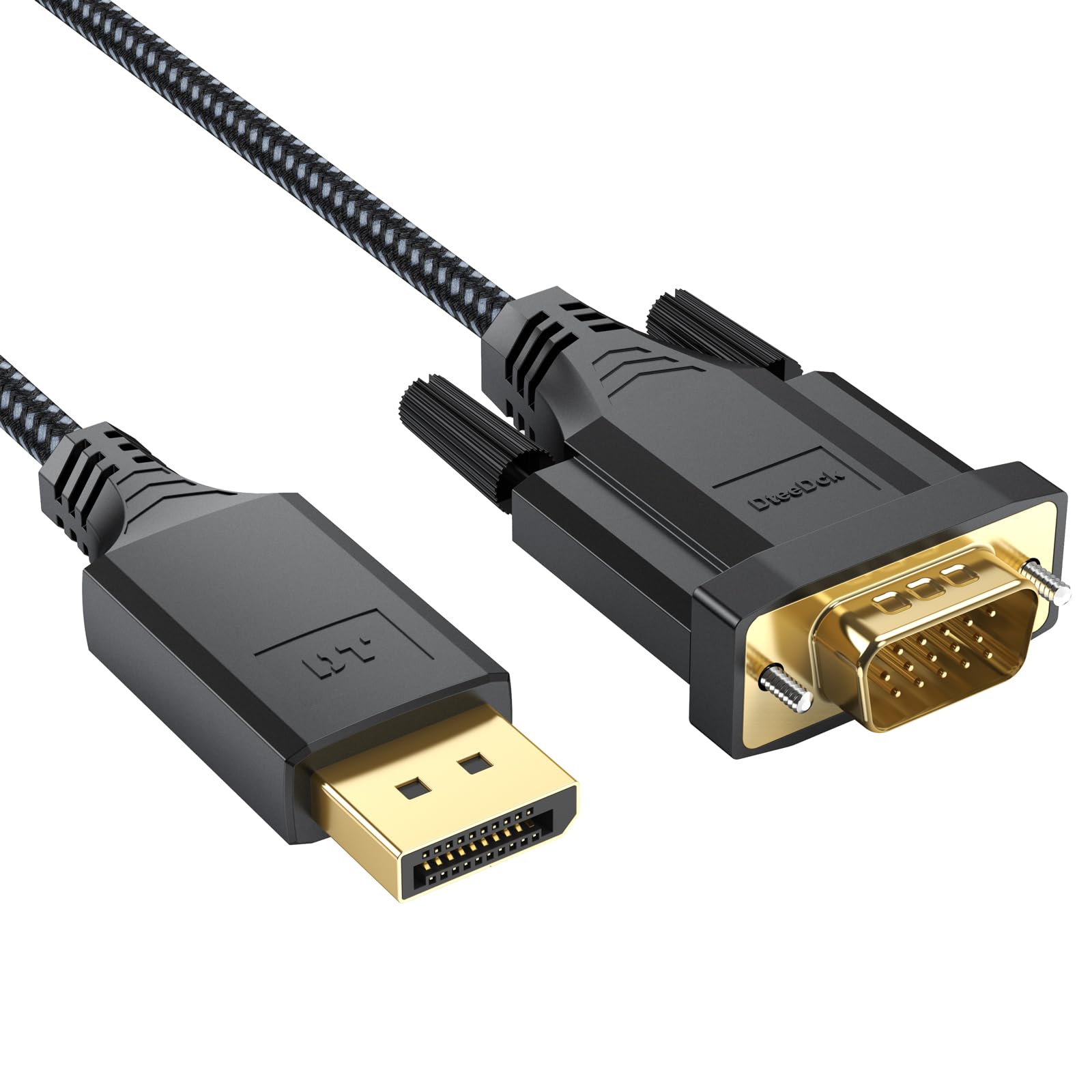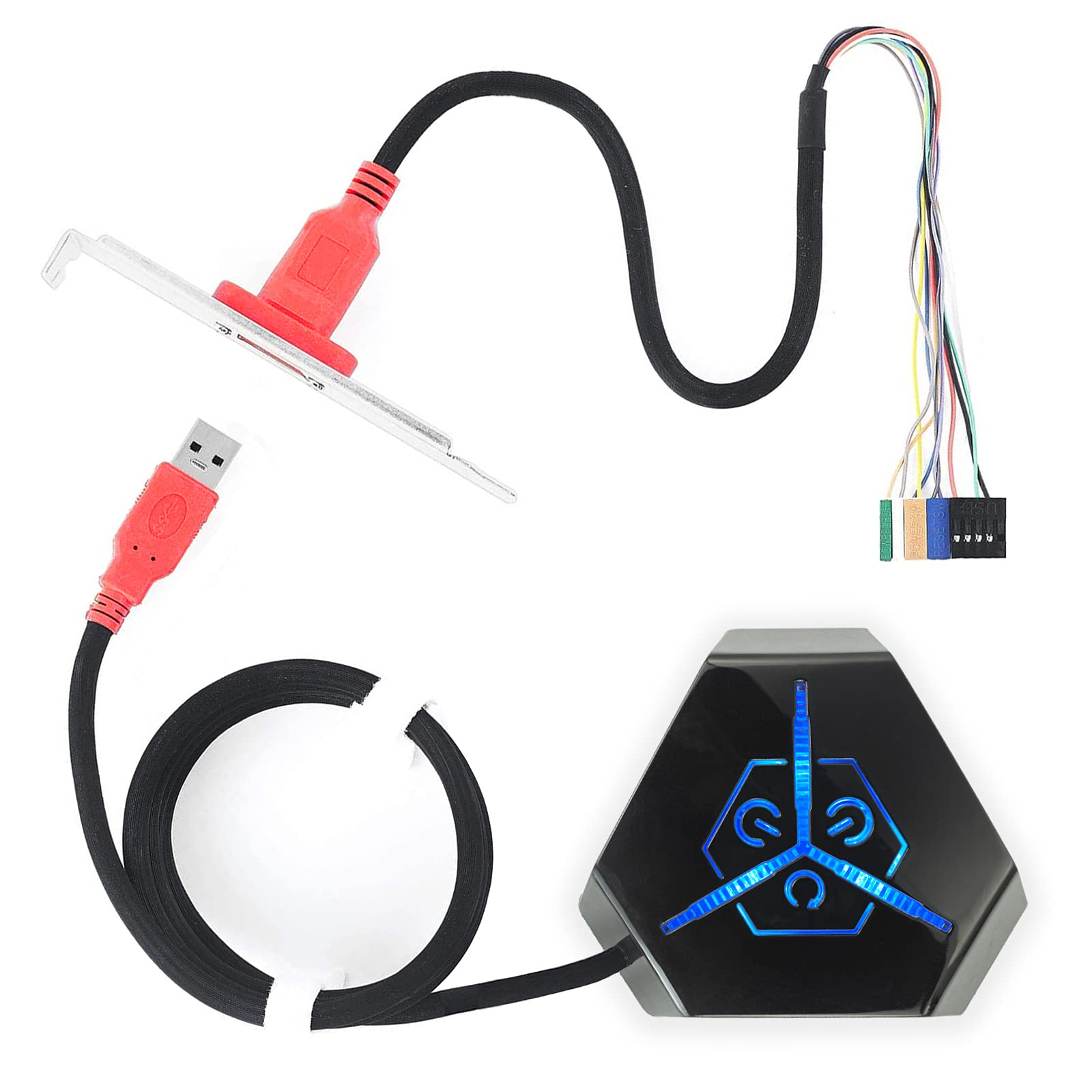Having trouble with a VGA no signal issue on your PC? Let’s dive into troubleshooting steps to fix it.
Troubleshooting Hardware Connections

If you are experiencing a VGA no signal issue on your PC, there are a few troubleshooting steps you can take to resolve the problem.
First, check that the VGA connector is securely plugged into both your computer and your monitor. Sometimes, a loose connection can cause a no signal issue.
Next, make sure your graphics card is properly installed and functioning. You can do this by opening the Device Manager and checking for any errors or issues with the graphics card. If there are any problems, try updating the device driver or reinstalling it.
If you are using Windows 10, you can also try restarting your computer to see if that resolves the issue. Sometimes, a simple reboot can fix connectivity problems.
Additionally, check your computer’s power cable to ensure it is securely plugged in and providing power to your PC. A loose or faulty power cable can sometimes cause display issues.
If none of these steps work, you can also try using a different VGA cable or connecting your computer to a different monitor to see if the problem lies with the cable or the monitor itself.
Restarting and Reconnecting Devices
If you are experiencing a VGA no signal issue on your PC, one of the first troubleshooting steps you can take is to restart and reconnect your devices. This simple solution can often resolve connectivity problems and get your display back up and running.
To restart your devices, follow these steps:
1. Turn off your computer and monitor using the power buttons.
2. Disconnect the VGA connector from both the computer and the monitor.
3. Wait for a few seconds, then reconnect the VGA connector securely to both devices.
4. Turn on your computer and monitor.
If the issue persists, you can also try the following steps:
1. Press the Windows key on your keyboard to open the Start menu.
2. Select the “Restart” option from the context menu.
3. Wait for your computer to reboot and check if the VGA signal is now working.
If you are still experiencing the no signal issue, it may be worth checking your device drivers. Open the Device Manager and look for any exclamation marks or error messages next to your display adapter. Updating or reinstalling the driver may help resolve the problem.
Remember to check your cables and connections, as a loose or faulty connection can also cause a no signal issue. Additionally, make sure that your monitor is powered on and not in sleep or hibernation mode.
Checking Power Modes

To check the power modes when troubleshooting the VGA no signal issue on a PC, follow these steps:
1. Start by ensuring that the computer is turned on and not in sleep or hibernation mode. Press any key on the computer keyboard or move the mouse to wake it up.
2. Check the power cable connection between the computer and the electrical outlet. Make sure it is securely plugged in and there is no damage to the cable.
3. Verify that the monitor is turned on and receiving power. Check the power cable connection between the monitor and the electrical outlet. Ensure it is securely plugged in and there is no damage to the cable.
4. If using a laptop, make sure it is not in power-saving mode. Press the function key combination (usually Fn + F5, F7, or F8) that toggles between different display modes to ensure the VGA output is activated.
5. If using a desktop computer, check the connection between the VGA cable and the computer. Ensure that the cable is securely connected to the appropriate VGA port on the computer’s graphics card or motherboard.
6. Restart the computer and monitor. Sometimes a simple restart can resolve issues with power modes.
If the VGA no signal issue persists after following these steps, it may be necessary to check the device drivers, hardware, or consult a professional for further assistance.
Updating Graphics Drivers
To update your graphics drivers and troubleshoot the VGA no signal issue on your PC, follow these steps:
1. Open the Start menu and search for “Device Manager.”
2. Click on “Device Manager” in the search results to open it.
3. In the Device Manager window, locate and expand the “Display adapters” category.
4. Right-click on your graphics card and select “Update driver” from the context menu.
5. Choose the option to search automatically for updated driver software.
6. Windows will then search for the latest driver for your graphics card and install it.
7. Restart your computer to apply the changes.
If the issue persists, you may need to manually download and install the latest drivers from the manufacturer’s website. To do this:
1. Visit the manufacturer’s website and navigate to the support or downloads section.
2. Search for your specific graphics card model and select the appropriate driver for your operating system.
3. Download the driver and follow the on-screen instructions to install it.
4. Restart your computer to apply the changes.
Updating your graphics drivers can often resolve VGA no signal issues and improve overall performance. If you’re still experiencing problems, it may be worth checking your computer’s physical connections, such as the VGA cable, monitor, or adapter.
FAQs
Why is my computer on but no signal to monitor?
Your computer may be on but you are not receiving a signal on your monitor. This can be due to various reasons such as loose or faulty cables, incorrect display settings, outdated drivers, a faulty monitor, or a hardware issue.
How do I enable VGA on my computer?
To enable VGA on your computer, you can typically access VGA mode by pressing F8 for 7-10 seconds after the POST screen appears during startup. Then, navigate to the Windows Advanced Options menu and select the Enable VGA Mode option.
Why does my computer says VGA no signal?
Your computer says VGA no signal because there may be a dirty port or a small object lodged in the port, causing a disconnection in the VGA cable. Keeping your ports clean and free from any obstructions is important to avoid this issue.

